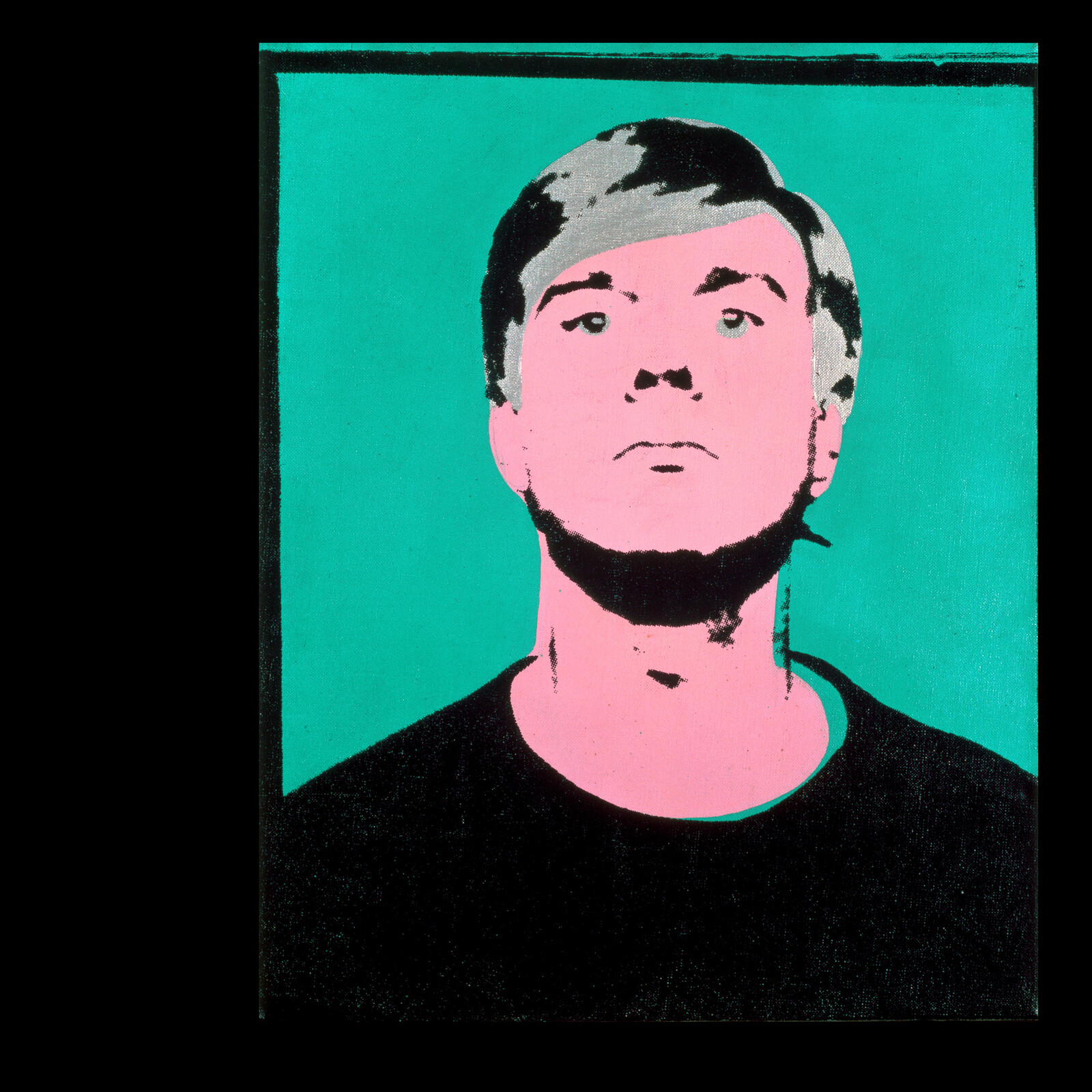Becoming Andy Warhol
July 3–October 10, 2021
798 Art District
No. 4 Jiuxianqiao Road, Chaoyang District
100015 Beijing
China
Hours: Monday–Sunday 10am–7pm
T +86 10 5780 0200
Opening July 3, 2021 at UCCA Beijing and subsequently traveling to UCCA Edge in Shanghai, Becoming Andy Warhol is the most comprehensive exhibition of Andy Warhol (1928–1987) staged to date in China. It includes nearly 400 works selected exclusively from the collection of The Andy Warhol Museum (Pittsburgh). The exhibition reconsiders Warhol’s innovative and versatile artistic legacy, and is informed by recent scholarship that candidly examines his life and prolific output with a more holistic understanding. It includes both representative and lesser-known works from various phases and aspects of his career, asserting Warhol’s anticipation of the primacy of hybridity, repetition, and influence in contemporary visual culture. Becoming Andy Warhol is produced in collaboration with The Andy Warhol Museum and curated by José Carlos Diaz, Chief Curator, and Patrick Moore, Director. The exhibition is designed by Xiaoxi Chen.
Structured in five sections, the exhibition crafts a non-linear exploration of the artist’s life and career through paintings, photographs, objects, and films, as well as archival items from his youth. “Origins” introduces the artist and his immigrant, Byzantine Catholic beginnings in working-class Pittsburgh, his close relationship and creative collaboration with his mother Julia Warhola, and his successful foray into commercial art upon his move to New York City. “Warhol the Photographer” surveys the breadth of Warhol’s photographic practice throughout his career, both in subject matter and the variety of formats he experimented with, including portraits of contemporaries and collaborators that served as source materials for his silkscreen portraiture. Also on view are rarely exhibited equipment used by Warhol, such as Polaroid Big Shot cameras, an overhead projector used for hand painted Pop canvases, a 16mm film camera, acetate studies, and original source material.
Warhol’s experimental films from the 1960s are presented in “Cinema as Object,” which includes rare Screen Tests, the iconic film Empire (1964), infrequently screened 16mm works, and television productions from the 1980s. “Warhol Remixed” revisits Warhol’s legacy as a business artist, highlighting the artist’s deft understanding of commercial imagery in a suite of now-iconic works such as Campbell’s, Brillo soap pads, and Coca-Cola that showcase innovative techniques and stylistic twists of these same images that Warhol adopted for the changing trends and norms in America. Towards the end of his life, Warhol’s exploration of abstraction and conceptual art in series such as Camouflage (1986) and Rorschach ink blots (1984) are represented by “The Immaterial.” This section also includes Warhol’s self-portraits from the late 1970s and the Myths series (1981) in the early 1980s that would elevate the artist as an American myth and Pop saint he became after his unexpected passing in 1987.
The exhibition refreshes the relevance of Warhol’s connection to contemporary pop culture, communications, and youth culture in his ravenous, generative approach to a wide range of media—fine art, commercial illustration, experimental filmmaking, masterful appropriation. It highlights the central role he played in shaping culture through the integration of art and urban life, and his observant engagements with nightlife, Hollywood, fashion, and music during America’s postwar period of economic growth and society progress. “Becoming Andy Warhol” positions the artist as an exemplar of self-invention and the American dream, as well as takes on a new endurance in a world that continues to arch towards his influences and legacy.
In conjunction with Becoming Andy Warhol, UCCA will release a bilingual catalogue that features images of the hundreds of artworks and archival objects in the exhibition alongside extensive annotations. These are accompanied by three major essays: exhibition curator José Carlos Diaz discusses the idea of becoming with a series of anecdotes surrounding the artist’s birthdays; Blake Gopnik, author of the biography Warhol (2020), explores Warhol’s often overlooked background in classical and modern art; and art critic Zhou Wanjing probes the enduring resonance of the pursuit of newness in the 21st century. The catalogue is designed by Hubert & Fischer and published by Zhejiang Photographic Press.


